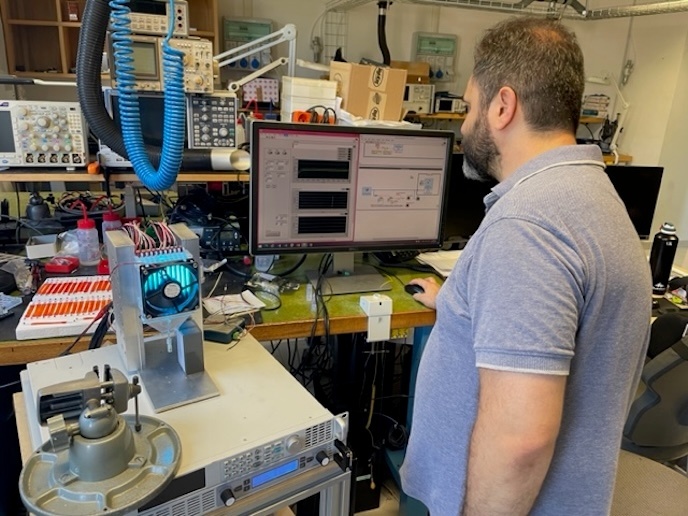A new approach to treating multiple sclerosis
Multiple sclerosis (MS) is a chronic disease that attacks the central nervous system – namely the brain and spinal cord. As the most common demyelinating disease(opens in new window), there are an estimated 700 000 cases in Europe and 2.3 million worldwide. Although some people with MS experience very mild symptoms, as many as 60 % will be unable to walk unassisted 20 years after the disease’s onset. For many of these patients, the way to treat the disease is with continuous weekly injections that have significant side effects, or through very costly oral treatments. One emerging alternative approach to treating MS is optogenetics(opens in new window) – a field being rapidly advanced by the EU-funded OPTOGENERAPY project. “Optogenetics has been successfully used to enhance our understanding of Parkinson’s disease(opens in new window), insulin-requiring diabetes(opens in new window) and similar disorders, and its potential as a safe form of cell therapy has already been explored,” explains Biotza Gutiérrez, a project manager at www.eurecat.org (Eurecat) and OPTOGENERAPY project coordinator. “In this project, we aim to apply this same approach to multiple sclerosis.”
Reducing side effects and increasing quality of life
Optogenetics is a new technique used to control immortalised mesenchymal cells(opens in new window) via a combination of light and genetic engineering. “To use this technology, cells must first be genetically modified to become light-sensitive,” says Gutiérrez. “When illuminated with the right wavelength of light, these cells become activated and perform as expected.” The OPTOGENERAPY project is focused on creating an implantable device that contains cells. These have been genetically engineered to produce recombinant interferon beta (IFN-β) protein when activated by near-infrared light stimuli. IFN-β is an anti-inflammatory used to treat MS and is administered by subcutaneous or intramuscular injections. According to Gutiérrez, the implant is activated using an external controller that produces a magnetic field. This field is then wirelessly transferred to the implant’s optoelectronic circuit, where it is transformed into a signal that powers the implant’s light source. The light source then produces enough light to activate the cells. “The result is a continuous and more controlled delivery of IFN-β,” adds Gutiérrez. “We expect this will help reduce the most frequent secondary effects caused by current MS treatments and, ultimately, increase an MS patient’s quality of life.”
A significant breakthrough in treating MS
During the project, researchers developed and successfully tested a prototype in animal models of MS. Testing was done in accordance with all rules and regulations governing such procedures and approved by an impartial ethics committee. “The technology developed during this project has the potential to programme a cell to secrete the needed drug directly into the patient,” notes Gutiérrez. “As such, it represents a significant breakthrough for treating MS and could be applicable to other protein-based therapies as well.” In fact, the potential of optogenetics is so huge that The Scientist(opens in new window) magazine listed it as one of 2014’s most noteworthy advancements. Based on the project’s results, researchers are moving forward with a human version of the device and the start of clinical trials. This involves advancing the technology towards becoming an implantable device capable of operating not only as a drug-release device, but also as a biosensor.







